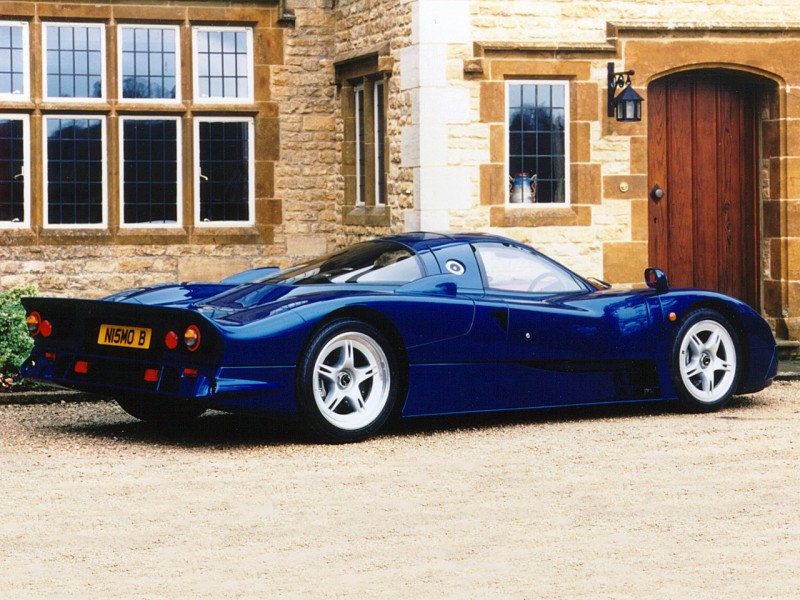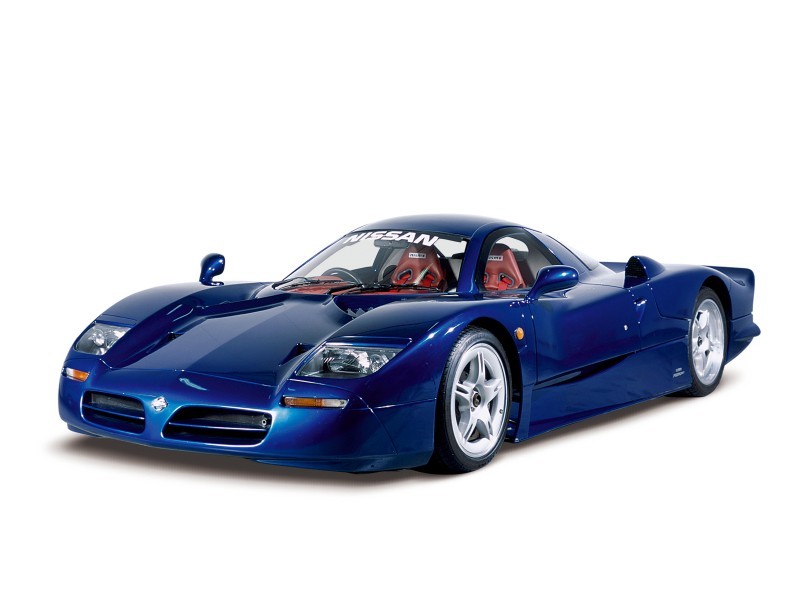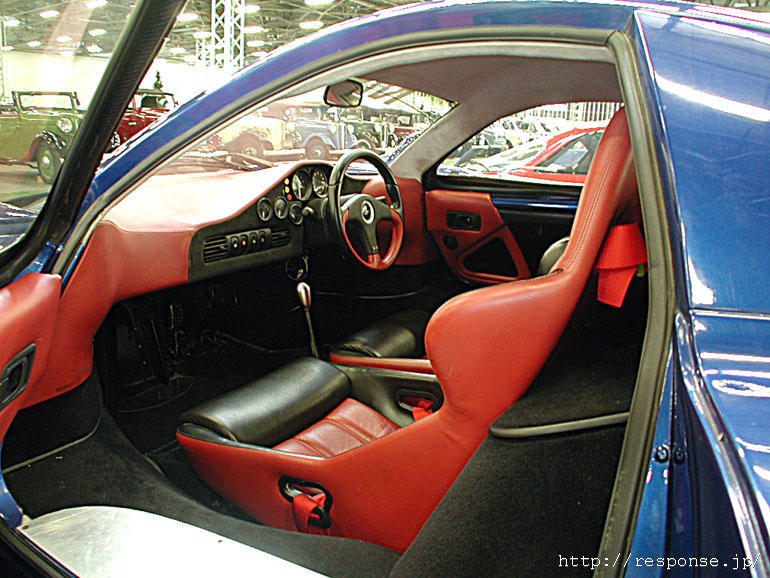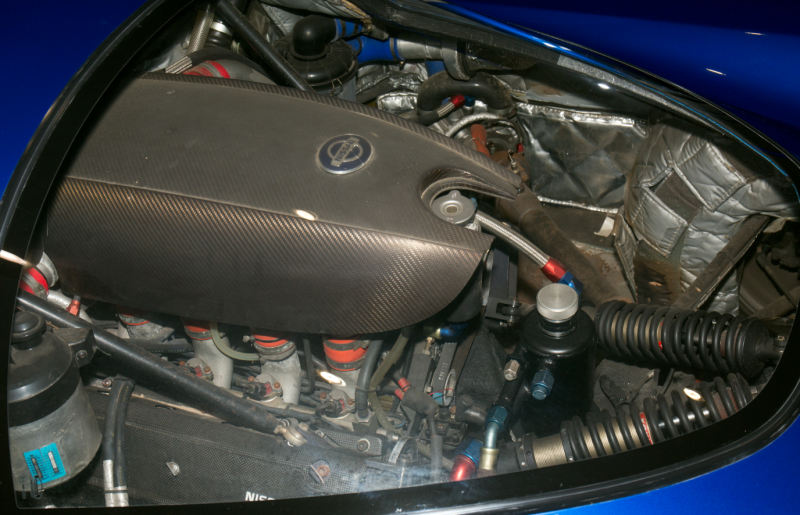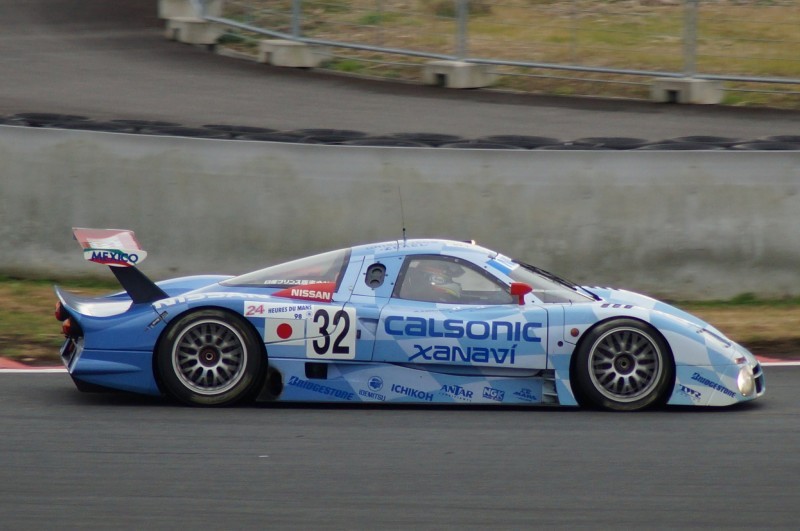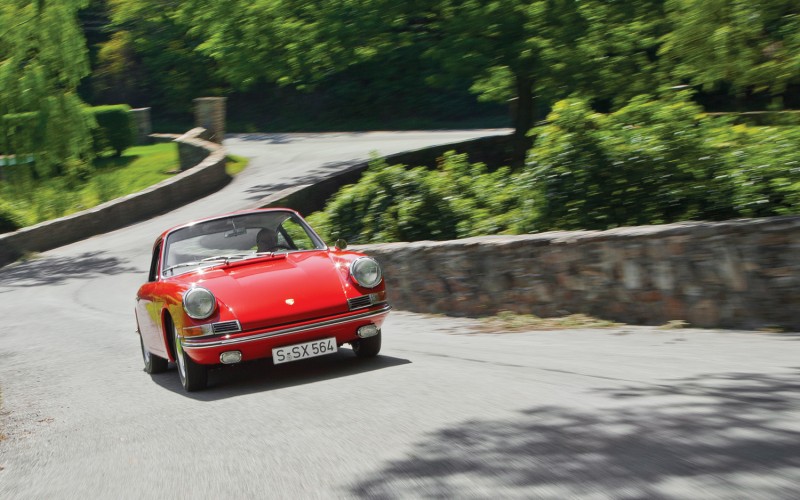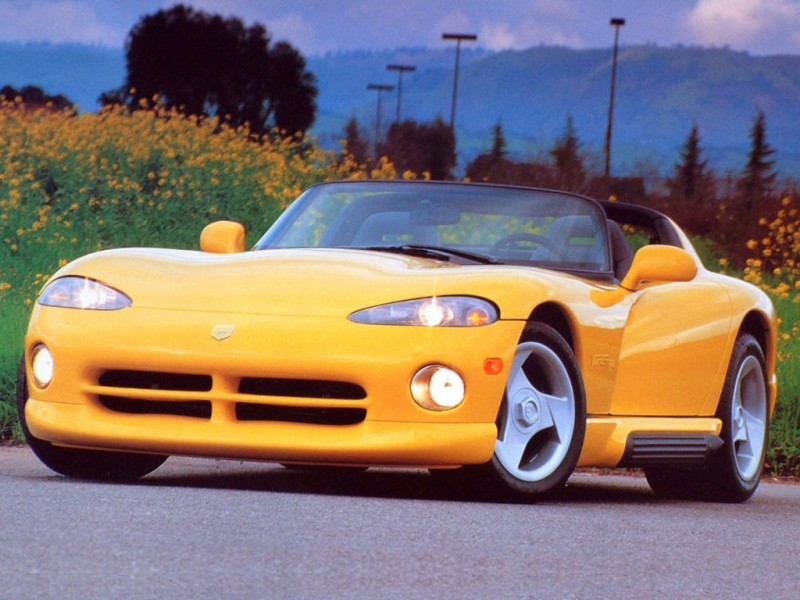Purpose-built in Japan for racing. The top speed holder for all production-based Japanese cars to this day. Only ten were ever constructed and only one ever sold to the public. This article is the story of the Nissan R390 GT1.
By the end of the 1990s, the 24 Hours of Le Mans had reached the paramount of automotive exploitation and expenditure. Teams were designing no-budget purpose-built race cars for the lower, less restrictive GT class knowing that their factory racers would ultimately beat the “higher-level” prototypes running with more stringent rules. Nevertheless, they had to meet homologation regulations for GT, which required cars to be sold for public use, so manufacturers simply toned them down.
Budgets for these cars, teams, and research skyrocketed to never before seen heights. Nissan was eager to remain competitive after their Skyline GT-R (R33) was being outclassed in the 1996 season. Naturally, Nissan took a cue from Porsche, McLaren, Mercedes, and the rest to create their own top-level racer – the R390 GT1.
Hired Help
With a string of overall wins at Le Mans in the 1990s, Tom Wilkenshaw Racing (TWR) was hot on every team’s radar for advice. Nissan was quick to get back into the game by 1997, so they hired the team for their engineering insight. The styling work of the car was done by Ian Callum, famous for his work with Jaguar and Aston Martin. He drew the R390 design ideas from Nissan’s 300zx; to tie racing and production cars. Underneath the aerodynamically tuned body paneling was a push-rod double-wishbone suspension in the front and rear, which was coupled to a full carbon-fiber chassis designed in England and Japan.
Powering the Way
Powering the R390 was an upgraded version of Nissan’s R89C, from the 1989 season, that was used to compete in the Group C class at Le Mans. This upgraded engine was now an all-aluminum, twin-turbocharged 3.5 liters DOHC V8 that developed 641 hp in racing trim (road versions would be limited to 550 hp). Coupled with this immense power, Nissan worked with traction and launch control systems to help maintain stability when there was wheel slip, which was still a rudimentary technology at the time.
A Day at the Races
By the 1997 season, Nissan was ready to take on the competition for 24 hours at the Circuit de Le Sarthe. Things started well with the R390 displaying strong performance during pre-qualifying. However, their optimism and success would be short lived for their three-car troop. The arduous race designed to test engineering dependability and reliability did just that by exposing all of its design shortcomings in the hastily built R390.
Mechanical failures retired two of the three participating cars, with the third managing a 12th place finish after multiple gearbox replacements. During the 1998 season, thanks to rebuilding, Nissan saw their (now) four-car squad all finish the race, one taking a prestigious 3rd place podium.
Twinsies
After this 1998 season, rule changes to the classes resulted in a massive manufacturer departure, especially from GT. Nissan retired the R390 from service with only eight race cars being built. To initially get into Le Mans though they were required to meet those homologation standards. This regulation meant that Nissan had to make and sell a car to the public.
So, Nissan made two blue-painted road cars that are almost identical to their race counterparts. Capable of 3.2-second 0-60 sprints and a top speed of 220 mph this car, even by contemporary measure, truly exhibits the race car’s brutal performance. One of these street versions was retained by Nissan’s Zama museum and is seldom seen – usually by invitation only. The other has now become the stuff of legend as no one has revealed the identity of the buyer. Whoever is lucky enough to be that sole owner though has the privilege of owning a 1/10 unicorn car.
Specifications
- Years – 1997-1998
- Layout – Mid-engine
- Drive – RWD
- Body Style – Coupe
- Seating – 2
- Motor – Twin Turbo DOHC V8
- Displacement – 3.5 Liters
- Power (hp) – 550 (road) / 641 (race)
- Torque (lbs-ft) – 470
- Transmission – 6-speed manual
- Wheelbase – 2720 mm / 107.1 in
- Weight – 1098 kg / 2420 lbs
- 0-60 mph – 3.2 seconds
- Quarter-mile – 11.1 seconds
- Top Speed – 220

